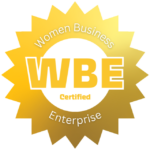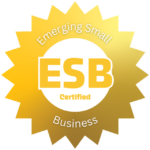By G. Harvey Gail, President Spire Management
It’s pretty crazy for associations right now. COVID-19, the election, the economy, what social media is saying – all of that has an impact. Whatever planning you thought you did for the year may not be relevant in 2021. So now’s the time to plan.
One of the classic tools in strategic planning is the “SWOT” analysis. This stands for strengths, weaknesses, opportunities, and threats. Most of the time, boards of directors’ strategic planning efforts are centered on strengths and weaknesses. These are internal to the organization. The external part (the opportunities and threats) are much harder to narrow down.
But in a crazy world, we need to focus on the “big picture.” It’s easy to think these opportunities and threats are beyond your control, so they don’t impact your organization’s mission, but they do in powerful ways.
Here are some things to consider when conducting a situational analysis.
- Political Factors: Political leadership will change after election day. Research who’s now in office. What policies do they support? How do the political opinions of members affect your organization? How likely are things to change in terms of regulations?
- Economic Factors: What’s the overall direction of the economy? How does a good or bad economy affect the mission of your nonprofit organization? How does the economy impact fundraising and membership?
- Social Factors: How might social trends impact the organization? Are they changing, and will that impact the organization over time? Will your nonprofit still be relevant? How might public opinion about your product or service change? Is your membership aging? Will young people join?
- Technology Factors: How will new technology change the way your organization functions? The most immediate impact we have seen is the use of Zoom. Are your members accepting this new form of technology?
- Legal Factors: Is your organization facing or likely to face a legal challenge? Has the law changed? Some nonprofits are tied to a particular legal decision.
- Environmental Factors: If your organization is tied to an industry that is natural resource-based (i.e., timber), will it be easier or harder to acquire the resources needed? Will changes in state or federal policies related to climate change impact your organization in some way?
While these “big picture” concerns may seem far away, they are the kinds of influences that can spark new nonprofits to life or end them in their tracks.
G. Harvey Gail is President of Spire Management, an association management, event planning, and consulting firm located in Salem, Oregon. www.SpireManagement.com, @HarvGail








